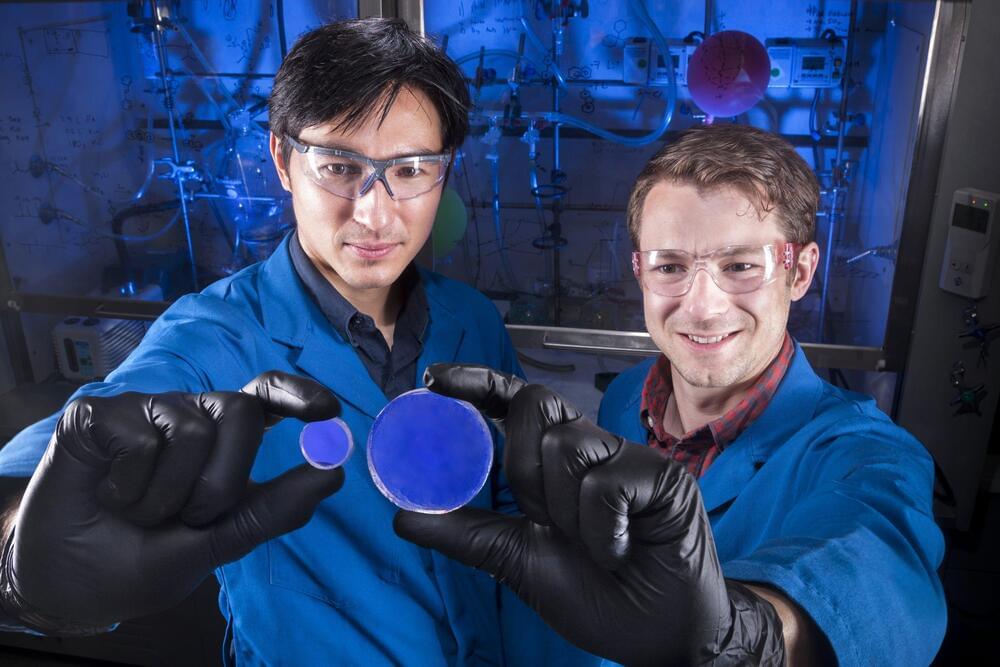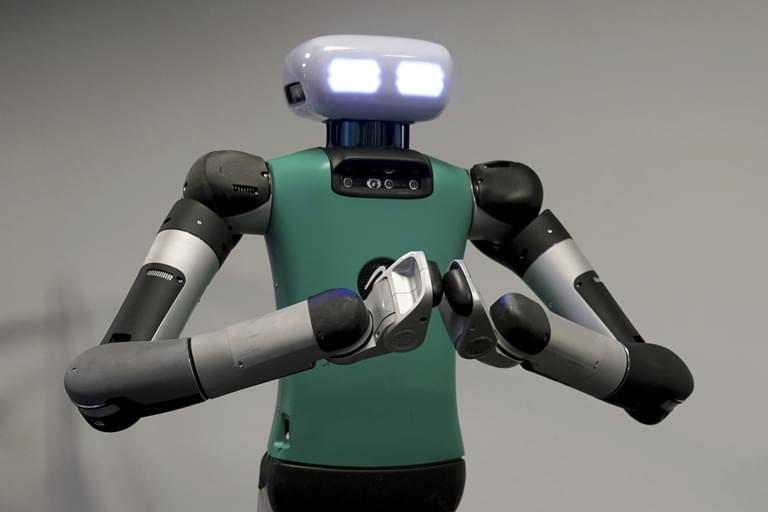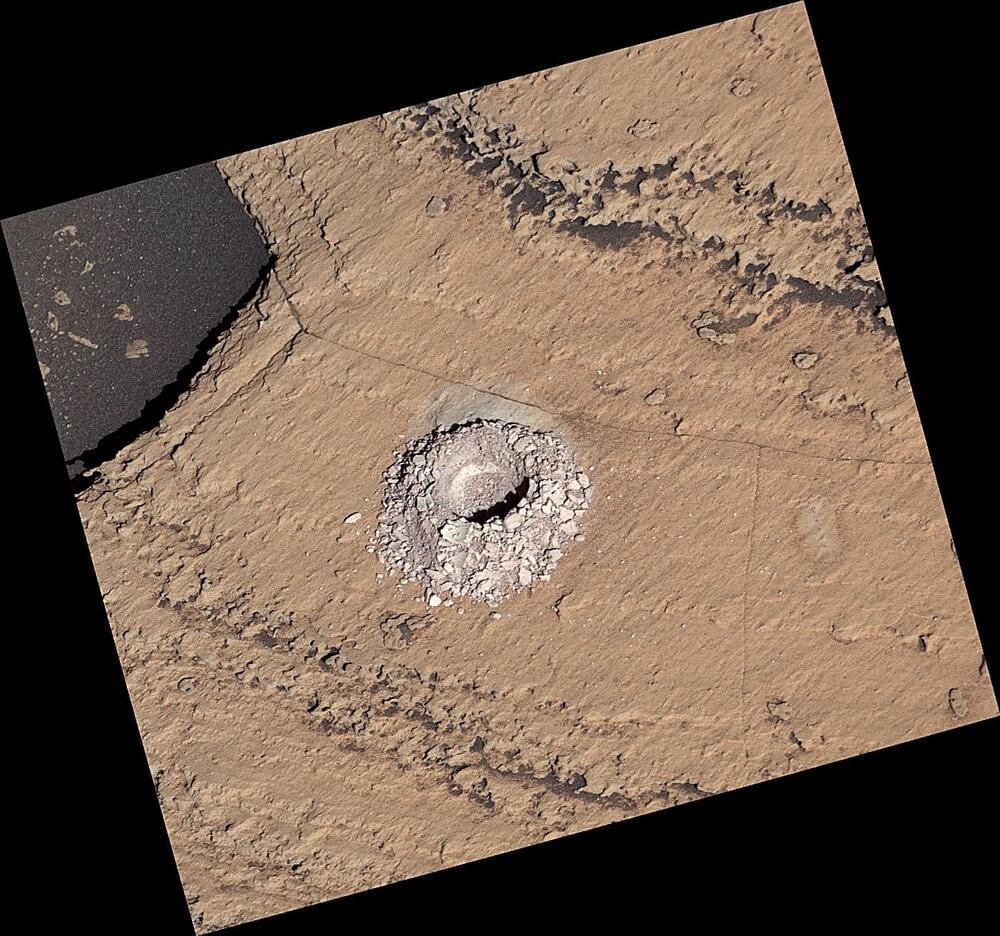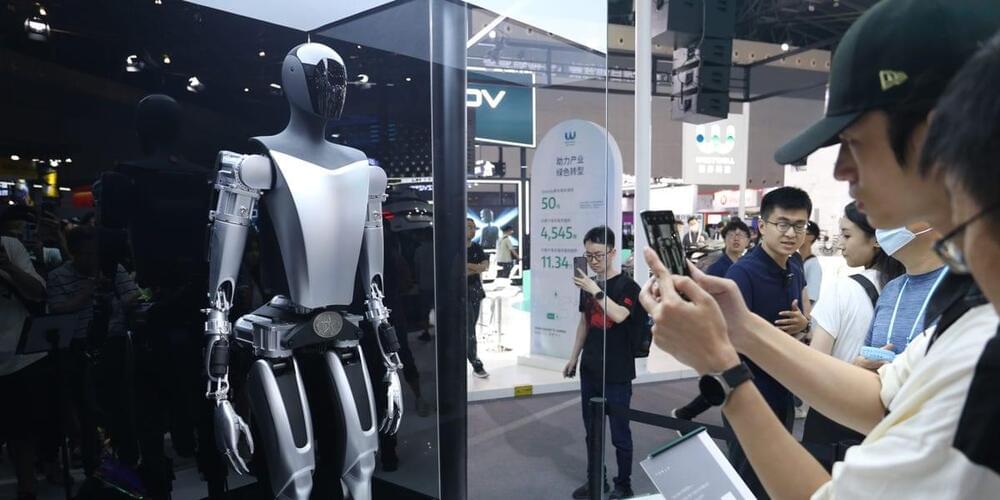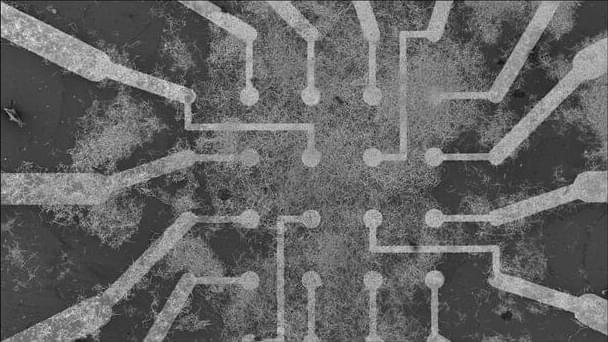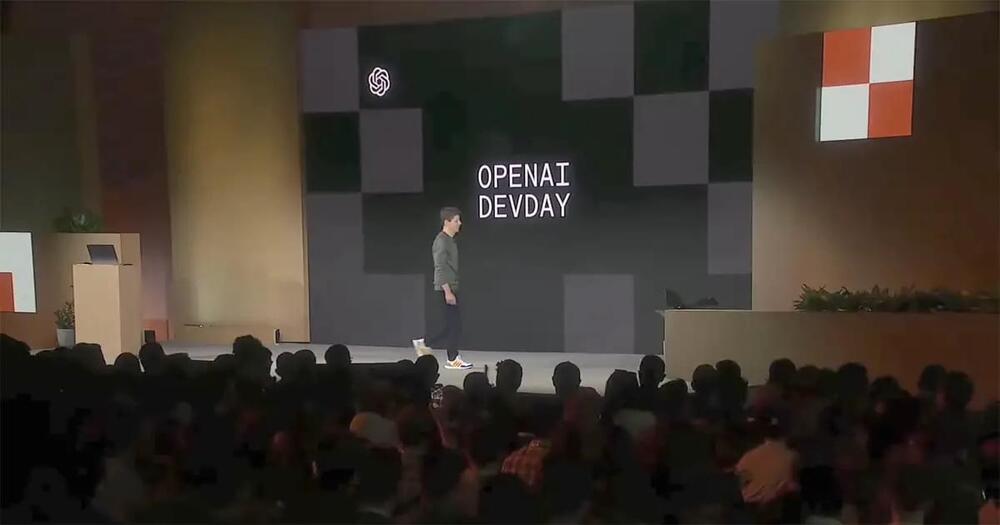LIVERMORE, Calif. — Blueshift Optics, owned by former Sandia employee Joey Carlson, is working to shift the way radioactive materials are detected, using technology that he helped create at Sandia National Laboratories.
Radiation detection has long been a critical aspect of national security and efforts to make the world safer.
“Agencies are trying to cast this wide net to catch nuclear smuggling, and this is one aspect of that effort,” said Sandia materials scientist Patrick Feng. “You could use this technology at a border crossing, in a handheld detector as someone enters a facility or fly it on a drone to map an area.”
